Asphalt Shingles
Sep. 17, 2016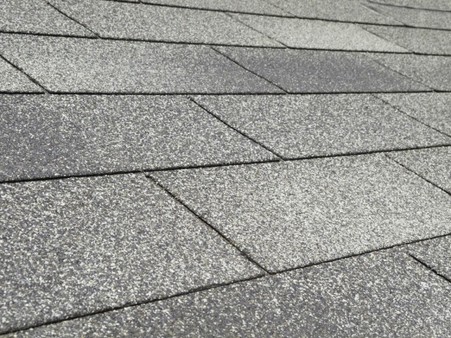
Asphalt shingles are a great roofing material as long as they are installed correctly and used for the appropriate application they are designed for (low-sloped roofs less than 4:12 pitch usually require a special kind of shingle - flat roofs should never use shingles). Asphalt shingles are the most common type of roof covering, and for anyone who is buying or selling a house, the age and condition of the roof should be one of the major factors to consider.
Asphalt shingles are typically designed to last 12-20 years, however some higher-quality applications come with limited warranties for up to 30 years. The service life of your shingles will depend primarily on two things (assuming proper installation): Drying Potential - the roof's ability to dry after becoming wet, and (believe it or not) Attic Ventilation.
Water is the #1 enemy of houses - the longer your roof stays wet, the easier it is for fugal growth (i.e. moss) to occur. Why does that matter? Moss will usually grow in between the shingle tabs and eventually its growth can penetrate the shingle covering. When this happens it will act like a wick, absorbing water and depositing it underneath the roof covering, which obviously diminishes the shingles' ability to actually keep water out of the house.
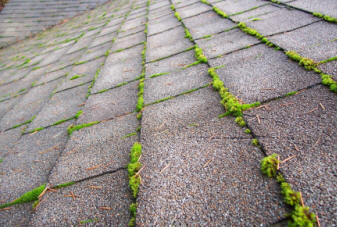
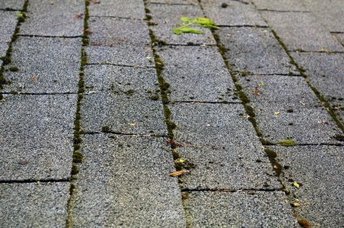
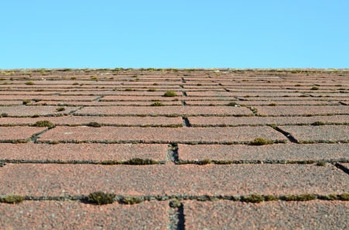
Your roof's ability to dry after it rains is most commonly affected by adjacent trees and buildings - the shade prevents exposure to sunlight, and any debris that falls on the roof from trees (leaves, pine needles, etc.) will hold moisture against the roof covering and promote fungal growth.
Attic ventilation mostly affects the shingles in summer. If there is inadequate ventilation for the attic space, the ambient air can become very hot on a sunny day, in which case the shingles will be "baked" from underneath in addition to being exposed to the sun. Typically if attic temperatures are over 100 F in summer, the ventilation should be improved to prevent premature deterioration of the shingles.
So, how can you tell if your shingles need to be replaced? Great question. It can be tricky to figure out how old a roof covering is by just looking at it, but usually, the width of the rain lines is a good clue. When the shingles are brand new, the rain lines are about 1/4" wide in a conventional application. When they are at the end of their life, they will be around 1" wide because the heat and UV rays from the sun degrade the asphalt over time, causing it to shrink. This also causes cracking and curling of the shingles, at which point they are usually not doing their job anymore.
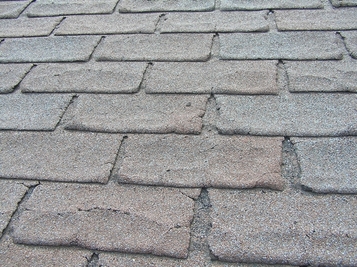
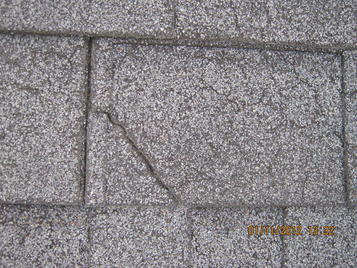
It is common that only isolated areas need replacement, usually due to concentrated roof drainage such as a gutter discharging onto the roof surface rather than properly connecting to a lower gutter. If less than 10-15% of the roof covering is in bad shape, it may be a viable option to simply replace the affected area rather than the entire application.
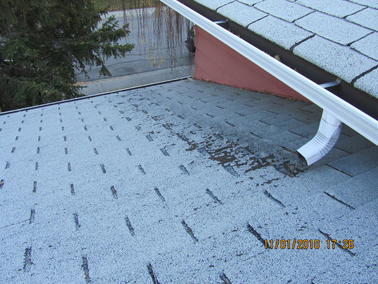
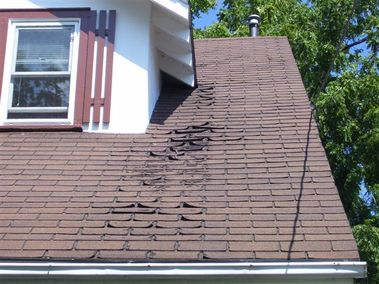
Written by:
DONOVAN ILLIG
Home Inspector & Residential Environmentalist
Premium Home Inspections Ltd.
250-617-3378 | donovan@premiumhi.net
CPBC License #71217



